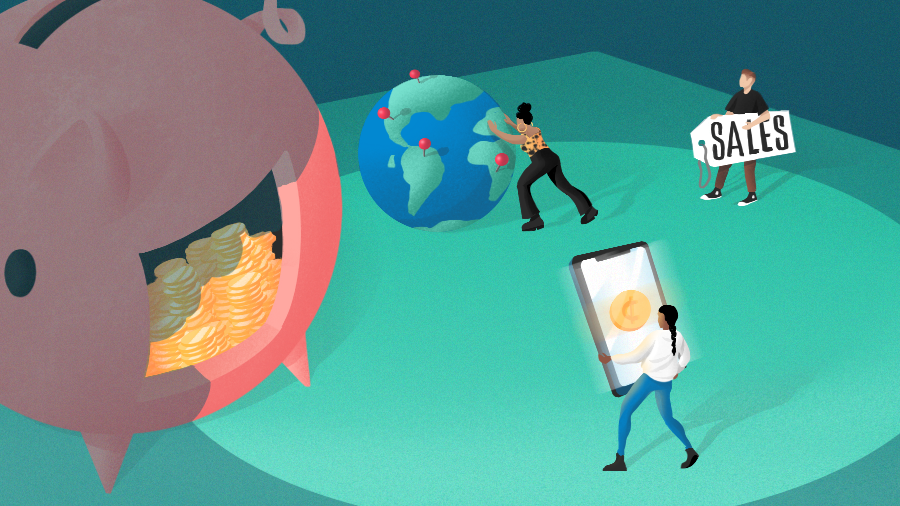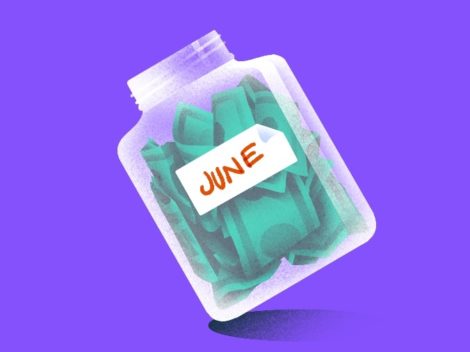Fintech companies, as we have reported, are looking for ways to do more with a customer’s money, and Jiko is no exception.
Subscribe to the Crunchbase Daily
Within the past few months, the Berkeley, California-based fintech company, which automatically invests money in liquid U.S. government-backed securities such as treasury bills, raised $40 million in Series A funding. Then it used those funds to acquire Mid-Central National Bank, which represented the first purchase of a regulated bank by a fintech startup.
The round was co-led by Upfront Ventures and Wafra, with participation from Radicle Impact, Nyca Partners, Red River West , Anthem Venture Partners and all existing investors.
Stephane Lintner, co-founder and CEO of Jiko, spoke with Crunchbase News about acquiring the bank, rebundling and managing a wait list of 50,000 people.
Note: This interview has been edited for length and clarity.
Why did Jiko decide to buy a regulated bank?

Lintner: If we didn’t do that, there would be a bank somewhere in between, it’s the reality of money, you need a regulated bank somewhere in between. There is a reason that Silicon Valley hasn’t cracked the problem yet, because money is dangerous if it is mishandled. The regulators have learned over the past 20 years how to catch the bad stuff, and the framework exists.
How difficult was it to do?
Lintner: If done right it is friendly, but it is lengthy and thorough. Regulators don’t want to see you have issues two months later, so once you are regulated it comes with a lot of requirements. It is like getting a pilot’s license: Not just everyone can fly a plane, you have to learn how to do it. So you have to set up a startup to be a bank holding company–once you buy a bank, you become a bank holding company and are regulated by the Federal Reserve and the OCC (Office of the Comptroller of Currency).
I wrote a recent article about fintech startups rebundling services after unbundling. Do you believe your recent moves fall into the concept of rebundling?
Lintner: We never thought of it that way, but we are not a single-feature fintech trying to make one little piece more efficient, which is always great. The actual only way to give you as much money back is to bring everything in-house and do it “Amazon style” to get all of the efficiencies out of that. That’s why we are building our own technologies and acquiring our own bank. Bundling that and building a platform will make it cheaper.
In the past four years, you accumulated a waiting list of 50,000 people ahead of the launch. How were you able to accomplish this?
Lintner: Some of them are onboarding and are live, and now we are going to send more invitations. We bank-in-hand, we feel more comfortable doing that. Before that, it was a risk. We know our mission, and if we didn’t have the bank our value proposition would be different. In the end, we are trying to be an honest brand. It is our job to now convince people to join us. We are making calls now, and seeing a good response rate, but we know that not everyone will convert.
What’s next for Jiko?
Lintner: To start onboarding our waitlist and getting known, that’s for sure, and building a brand. We are listening to customers and adding more features. We are also seeing demand from tech companies because everyone would like to be a bank.
If you go back to the notion that money is just a digital entry, why can’t it be embedded natively everywhere? They all would love to help you at the time of payment and be embedded in experience, but they can’t because money isn’t a digital entry. A deposit is a loan between you and the bank.
The money isn’t there, so to transfer that now is not a way people are used to thinking about it. If we eliminate that, we could provide our services to others as a way to grow the company. We are seeing a lot of demand for it now and will definitely be building up that side of the business, too. It is the best way to deliver our vision to everyone.
Illustration: Dom Guzman

Stay up to date with recent funding rounds, acquisitions, and more with the Crunchbase Daily.




![Illustration of a guy watering plants with a blocked hose - Global [Dom Guzman]](https://news.crunchbase.com/wp-content/uploads/quarterly-global-3-300x168.jpg)
67.1K Followers